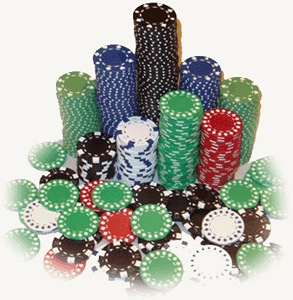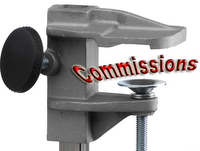Do you have a wonderful trading system, one that consistently makes you money? You probably believe that you have found your holy grail but this couldn’t be further from the truth. Your system has very little to do with consistent profitability in the markets.
I often here amateur investors talk about that the “best way” or “only way” to invest and argue why their way is better than everyone else’s. The passion and energy exuded by these novice investors is wonderful but they are missing the point completely. No one can say that options are better than stocks, commodities are better than options or forex is better than everything, etc… Each investor develops a system that is suited to their own personal character traits and they use a vehicle (stocks, options, forex, commodities, real estate, etc…) that can help them reach their goals.
Investors also debate systems within a market such as: trend trading, swing trading, scalping, shorting, day trading, buy and hold, fundamental trading, technical trading, Elliot wave theory, moving average crossovers, etc… They all work if the “person” understands the holy grail of trading. And that is being able to understand YOU and how your mind works.
However, it is not the system that makes one successful. It is YOU that makes the system work properly. What do I mean? Each individual must master their own personal psychological impacts on their trading results. You must work on YOU to become consistently successful! I recommend reading The Disciplined Trader by Mark Douglas if you would like to understand the psychological trader in you.
To say that one system or vehicle is the “way to go” is ignorant.
Pick up any Market Wizard book and read how these men and women made hundreds of millions in the markets using different systems. The only thing they all had in common was money management and risk management. That’s ALL! Every one of them traded in different ways and used different vehicles but they all watched their risk, calculated proper position sizing techniques and understood their system’s expectancy.
Money management, also termed as risk management is a major part of the holy grail of investing, NOT THE SYSTEM! Novice investors will eventually understand this after many years of trading (some quicker than others).
So, if someone ever tells you that their “system” is better than yours, turn away and run and run fast because they don’t know what the hell they are talking about.
Here are some examples supporting this idea from the Market Wizard books:
- Michael Marcus turned $30,000 into $80 million trading futures
- Michael Steinhardt ran a fund that averaged 30% annual return over 21 years trading stocks
- Tom Baldwin started with $25,000 and eventually traded $2 billion a day in T-bond futures on the floor or in the pit.
- Paul Tudor Jones ran funds that averaged triple digit returns for five consecutive years trading multiple markets
- Ed Seykota realized an astounding 250,000% return over 16 years (yes that says 250,000%) managing accounts trading in the futures markets – possibly the best trader of our time
- Bill Lipschutz traded currencies with a staring account of $12,000 (started out as an architect – very motivating for me since I started the same way).
The list can go on forever but the point remains the same; they all traded different markets with unique systems from different locations (the floor, an office or their home in the mountains) but they all had one major factor in common: money management and risk management.
Just about every market wizard refers to position sizing as a major part of the “holy grail” of trading. Van Tharp (also featured in Market Wizards) coined the phase in the first edition of his book but he only realized that money management was the holy grail after studying and speaking with hundreds, if not thousands of very successful traders. Tharp’s Book, Trade Your Way to Financial Freedom, is a must read if you would like to understand position sizing and expectancy and learn more about understanding “you”.
Understanding you and combining that with sound money management rules. Conquer these two entities and you will be successful beyond your wildest dreams!




Connect with Me